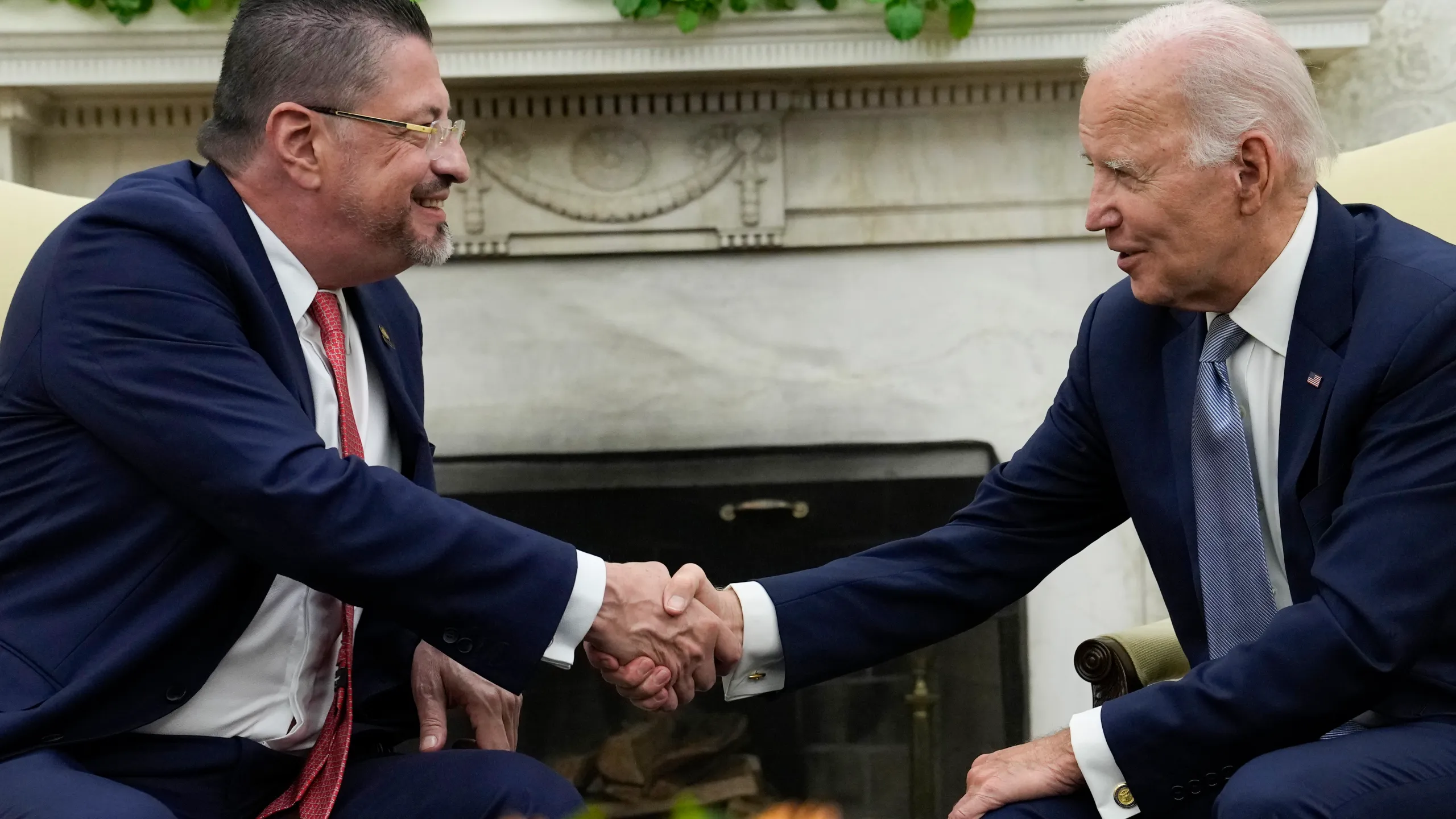In the picturesque lands of Costa Rica, a nation celebrated for its lush biodiversity and tranquil pura vida lifestyle, there emerges a discordant rhythm. The vibrancy of San José, its capital, once a testament to the nation’s success, now resounds with the clamor of discontent. On October 25th, the city’s streets were awash with a sea of protestors, a multitude united in dismay, directing their pleas to the gates of the presidential palace. Their demands? A desperate call for the revival of Costa Rica’s faltering state services.
A Nation in Distress
The verdant nation of Costa Rica has long been a beacon of progress in Latin America, distinguished by its robust healthcare system, inclusive education, and steadfast democratic institutions. However, this once idyllic narrative is unraveling as citizens grapple with a reality where their foundational services are in jeopardy.
March for the Future
Chants and slogans echoed as thousands marched, their banners not just fabric and paint, but symbols of urgency. The populace demanded adherence to constitutional pledges, notably the allocation of 8% GDP to education—a commitment unmet, a promise unfulfilled. The throng converged, a collective voice advocating for the Caja, the cherished institution underpinning healthcare and pensions for the Ticos, as the citizens are affectionately known.
Presidential Promises and Excuses
President Rodrigo Chaves, amid the growing cacophony, acknowledges the degradation of public services but deflects blame to “bad administration” spanning four decades. Chaves, maintaining a facade of admiration for the protestors’ fervor, claims a lack of fiscal space to amplify spending on health or education, insinuating that the voices rising in protest are perhaps more self-serving than altruistic.
The Fiscal Paradox
Costa Rica’s quandary is historical—a balancing act between sustaining a welfare state and managing its ledger. The pandemic’s onslaught propelled debt-to-GDP ratios to alarming heights, peaking at 68% in 2021. Through Chaves’s austerity measures, this figure has seen a retreat to 60%, but the societal cost looms large.
An Austerity Too Far?
The president’s frugality has stoked fears of an impending welfare state retrenchment. His characterization of the Caja as “bankrupt” has ignited tensions, a claim refuted by its former head, Álvaro Ramos Chaves, who asserts this label is a gross misrepresentation.
Undermining Liberal Institutions
Compounding anxieties is Chaves’s critique of other liberal bastions, including public universities and the independent press. Despite a seeming disconnect with public sentiment, the president’s approval ratings hover above 60%, suggesting his political navigation through the turmoil may yet remain undeterred.
A Crossroads for Costa Rica
Costa Rica stands at a crossroads, its populace clamoring for a return to the standards of governance and social welfare that once made it an exemplar in the region. As the government wrestles with fiscal realities, the essence of the nation’s success story faces its sternest test. Will the collective call for action sway the presidential course, or will the sound of protest be drowned out by the narrative of austerity?
As San José’s streets slowly empty, the echoes of the day’s march linger—a reminder that the spirit of Costa Rica’s people remains resilient, their struggle for a better tomorrow undiminished by the trials of today.


1 comment
[…] Source link […]